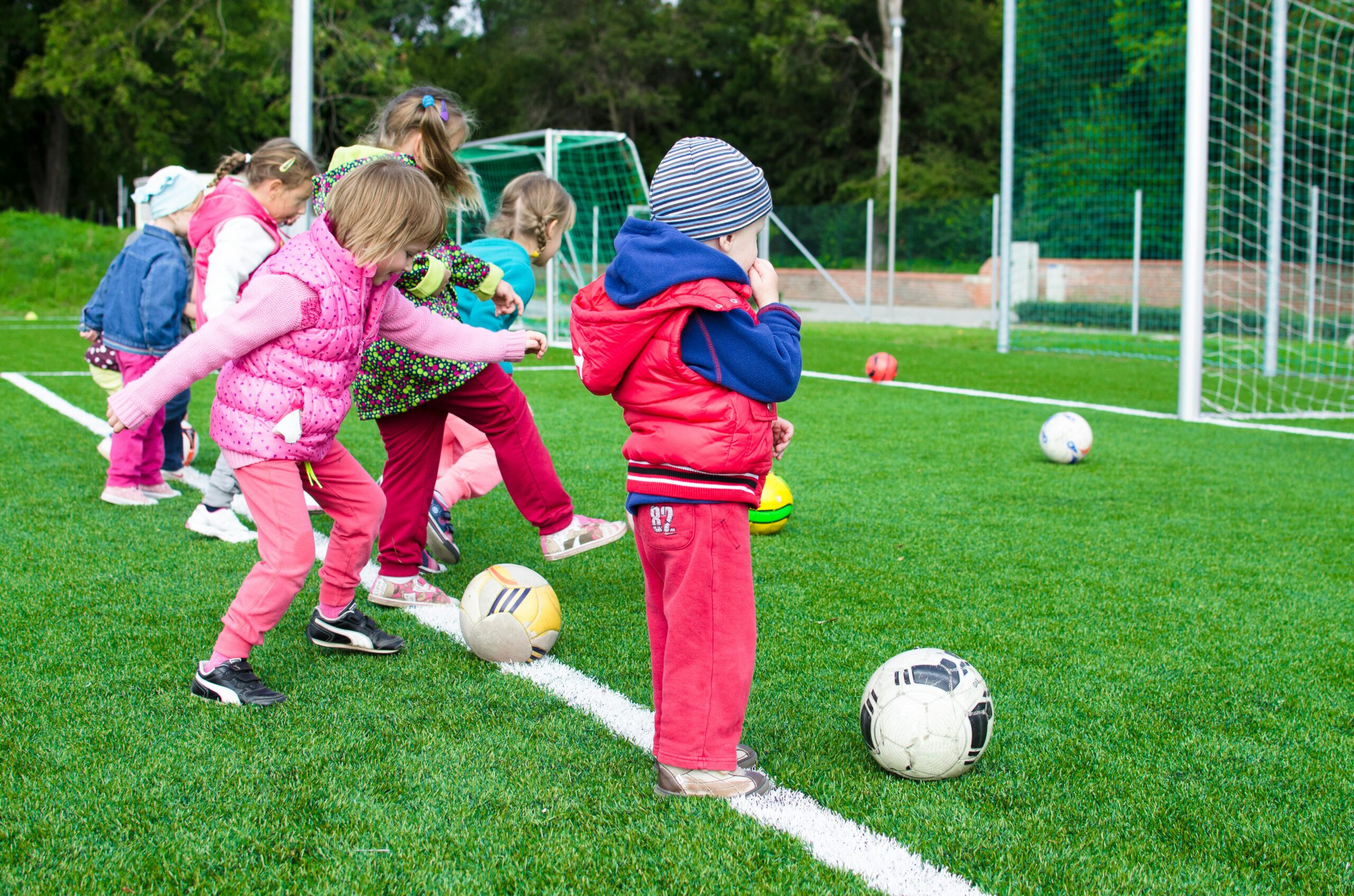In today’s digital age, getting kids to move their bodies has become more challenging than ever. With screens dominating their free time, many children are missing out on the benefits of physical activity. Regular movement is crucial for their physical, mental, and emotional well-being, helping them build strong muscles and bones, maintain a healthy weight, reduce stress, and even improve academic performance.
So, how can parents encourage their children to be more active? Here’s a comprehensive guide to promoting physical activity in children, making it a fun and natural part of their daily routine.
1. Lead by Example
Children imitate what they see. If they watch their parents engage in regular physical activity, they are more likely to adopt similar habits. Make exercise a family affair—go for walks together, ride bicycles, or play a sport in the park. Show them that moving your body is a normal and enjoyable part of daily life.
2. Make Physical Activity Fun
Kids are more likely to participate in activities they find enjoyable. Instead of forcing them into structured workouts, introduce them to games and activities they genuinely love. Whether it’s dancing, jumping rope, or playing hide-and-seek, making movement enjoyable is key to sustaining their interest.
3. Limit Screen Time
One of the biggest barriers to physical activity is excessive screen time. Set reasonable limits on TV, video games, and mobile devices. Encourage outdoor play and offer alternatives like board games, puzzles, or crafts that don’t involve screens. When screen time is reduced, children naturally find other ways to stay active.
4. Provide the Right Equipment
Having access to balls, jump ropes, bicycles, or even a simple hula hoop can make a big difference in motivating children to move. It doesn’t have to be expensive—sometimes, even homemade equipment like a DIY obstacle course or hopscotch drawn with chalk can be exciting.
5. Enroll Them in Sports or Physical Classes
Organized sports like soccer, swimming, gymnastics, or martial arts provide structured physical activity and social interaction. If competitive sports aren’t appealing, consider dance classes, yoga, or even nature clubs that involve walking and exploring.
6. Encourage Outdoor Play
Nature provides the best playground. Playing outside, climbing trees, running in open fields, or even gardening can keep children physically engaged. Outdoor play not only enhances motor skills but also exposes children to fresh air and sunlight, promoting overall well-being.
7. Create an Active Home Environment
Make your home movement-friendly by incorporating activities into daily routines. Have a mini dance party while cooking, use the stairs instead of the elevator, or turn cleaning into a game. Encourage kids to help with chores that involve movement, like sweeping, washing the car, or organizing their rooms.
8. Set Realistic Goals and Challenges
Setting achievable fitness goals can make physical activity more exciting. Challenge your kids to complete a certain number of jumping jacks, race you to a tree, or reach a step count target for the day. Reward their efforts with praise rather than material gifts.
9. Make Physical Activity a Social Event
Kids love spending time with friends, so organizing group activities can be a great motivator. Plan weekend outings that involve movement, such as going to an amusement park, zoo, or hiking trail. Arrange playdates that include active games instead of just indoor entertainment.
10. Be Supportive and Encouraging
Not all children have the same interest or ability when it comes to physical activity. Instead of pushing them into something they dislike, help them explore different activities until they find what they enjoy. Avoid negative comments and celebrate their efforts rather than their performance.
11. Integrate Movement into Learning
Physical activity doesn’t have to be separate from learning. Encourage your kids to act out stories, use movement-based educational games, or do a quick stretch break between study sessions. This not only keeps them active but also enhances concentration and memory.
12. Make Active Commuting a Habit
If possible, encourage walking or cycling to school instead of relying on cars or buses. If distance is an issue, parking a little farther from school or taking the stairs instead of the elevator can still incorporate some movement into the day.
13. Organize Family Fitness Challenges
Turn exercise into a fun competition by having family fitness challenges. Whether it’s who can do the most push-ups, a dance-off, or an obstacle course, friendly competition can motivate kids to be more active while strengthening family bonds.
14. Encourage Free Play
Not all physical activity needs to be structured. Give children the freedom to engage in unstructured play, where they can invent their own games, explore their environment, and move in ways that feel natural to them.
15. Educate Them on the Benefits of Physical Activity
Children are more likely to engage in something when they understand why it’s important. Teach them about the benefits of staying active—how it keeps their heart strong, their muscles healthy, and their energy levels high. Use simple, relatable examples to make it easy for them to grasp.
Final Thoughts
Encouraging physical activity in children doesn’t have to be a struggle. The key is to integrate movement into their daily routine in a way that feels fun and natural. By being an active role model, limiting screen time, creating opportunities for movement, and making physical activity a family affair, you can help your children develop lifelong healthy habits.
Start small, be consistent, and most importantly—make it fun! A child who enjoys physical activity will grow into an adult who values an active lifestyle. And that is one of the greatest gifts you can give them.



